As the plane flew west, fourteen long hours, we followed the sun to the eastern shores of Australia. The flight attendant pointed out the opera house in Sydney.
“It’s pretty, isn’t it?” she said.
It was and the city, cold in June, twinkled as lights from 4 billion people augmented the waning, sloping sun. The lights twinkled in various colors.
I boarded another plane. This time rather than ocean, we tracked the sun, moving faster than us, across the massive continent that is Australia, to the western shore and capital of Western Australia, the city of Perth.
Thirty five of us from all over the world, scientists from a wide range of disciplines, convened that evening in the Hotel Sullivan. We’d all leave in the morning with Malcolm as our leader.
Malcolm, a man of considerable knowledge about the rocks of his native country, had planned a trip that would take us from the now to the then, by way of the rocks in western Australia. (Remember what I told you about the antiquity of some rocks on our beautiful planet? Go here if you have forgotten.)
On the first morning, we packed into the charter plane and headed another two hours north to Shark Bay, Malcolm asking the two very young pilots if they would fly low over the bay once we got to it. I’d seen part of this bay on Wikipedia, it’s famous. I’d never expected to see it like this, because the pilots took Malcolm at his word, as we made pass after pass, a mere 1000 feet above the water.
The mouth of the double lobed bay was prevented from experiencing the normal ebb and flow of ocean tides because seagrass lined its opening. The only strictly marine manatees (dugongs in Australian) feed on that grass but inland to that, there is a whole different biology that dominates.
It was worth almost throwing up in the next to the last seat of the small plane as we jostled about.
That biology is what I study.
Let me explain. In the middle of the Mexican desert, about 10 hours from Houston, is an oasis. About 200 pools of water, fed by very deep springs, bubble to the surface, forming pozas (pools) amidst the mesquite and peyote. Quite honestly, it looks like God took handfuls of the Caribbean and carpet bombed an otherwise arid valley. The especially weird thing is that the Caribbean analogy seems to follow when you look below the surface of the water. You’d swear there was coral inhabiting the water. But a refresher on what makes coral (tiny animals) and the fact that you don’t have coral in fresh water (which the Mexican oasis is) quickly tells you their is something else going on.
Something quite interesting.
What you need to know is that the microbial world, virtually invisible to the naked eye, are everywhere doing something which scientists are now calling ecosystem services. A quite catchy, sexy term that is also very revealing. It has come to our attention that this unseen majority is recycling everything on the planet from PCB’s to oxygen. For free. You don’t even know how huge their contribution is because its all going on, all around you, at a level of resolution that your eye can’t detect. But it’s happening. It’s like majorly happening.
Sometimes, under special circumstances, these bacteria, who mostly work in communities, just by happenstance and through a series of fortunate events, leave their mark.
They unwittingly create their own architecture. They build houses of carbonate. (Carbonates are the raw materials for Portland cement.)
These microbial buildings are ones that our human eyes can see.
At that Mexican oasis, all these microbial ecosystem services cause the calcium in the water to fall out around the bacterial community. The science catchall term for these structures is ‘microbialite’. (If you can see lines or layers in the microbialite its called stromatolite.)
On the western shore of Australia, in Shark Bay they are doing the same thing. In fact in this bay some of the most famous microbialites known reside.
Tottering off the plane, we met the operations part of our group.
Guy, a thin and wiry thirty-something father and husband who appeared quite serious and responsible seemed a little bit worried about the motley crew of green faced science types who poured out of the plane. Steve, who would cook and drive us down remote roads and paths, was 6 foot 2 and sported a crocodile tooth on a string around his neck. He looked almost like he was going to pull out a ‘now that’s a knife’ from his RM Williams boots. And then there was young Storm. About the age of my sons, he was learning from Steve.
We loaded into Steve’s ‘truck’ that would be our transport for the next two weeks and headed for our first night at the Carbla Station.
Carbla Station is a working sheep ranch, thousands of acres big. Dinner was cooked in iron pans (we would call them Dutch ovens) buried with coals in the ground. Thirty-five strangers sat around the campfire, our first pots of proper tea served and each told what he each hoped to gain from this trip. At nightfall, we stayed all over the grounds of the station. The student participants stayed mostly in the sheep shearing sheds.
Their ‘facilities’ were supported by a big drum full of bore hole water heated once a day. I remembered but didn’t share the conversation I had with the young woman on the plane concerning the problem of lice infestations in sheep. Me, I was assigned to a room in the homestead. (Think Colleen McCullough’s Thornbirds 40 years after the fact.) My bedroom was off the veranda and next to a bathroom that was shared by only 6 others.
At one time the room was pretty, with high ceilings. While the room and house and sheds may have changed over the years, the surrounding area of Denham probably hadn’t. At least not much. Tucked into bed, my sleepingbag warm against the rapidly cooling air after dark, there was a beautiful silence to the night. A quiet that brooked no cars, planes, or any evidence of life outside the station.
As I lay in my bed that night, I thought about the day. We had snorkeled in the frigid water of Shark Bay.
I had marveled at the beach that defined it lined with a trillion small shells, the leftovers from a bivalve called Coquina. They were supplying the carbonate to Shark Bay that was allowing the microbial communities to build their concrete-esque houses.
The drive out to the bay had revealed just how red western Australia is. It’s rusty red. That is because some of the world’s most valuable deposits of iron are found in the hills and as the oxygen in our air mixes with that high grade iron ore, well, it rusts. The rusty dust gets on everything and in everything. The soil is red and the mountains are red. After you have mucked around in the outback you are red.
The next day was spent working with Australian based scientists who are beginning to understand the ‘fabrics’ (bacterial mats and associated slimes) that allow those bacterial communities to communicate. This was important for us as we moved further into the rocks of Western Australia because science says that these microbial architectures were part of the oldest ecosystems on earth and it was our collective expertise that would be bought to bear on whether or not our theories for microbial fossils in rocks was true.
It’s easy to recognize fossils of birds and dinosaurs and mammoths. Not so much on squishy, invisible to the eye, bacteria.
In the first 24 hours of the trip we all began to sort our seats on the truck and track roommate assignments that would work for two weeks. There is always a bit of work to get the snorers combined and those prone to gaseous emissions sorted into the right rooms. M came up to me the second night with a suggestion.
“Let’s get our swags from Guy and Steve and sleep out under the stars tonight.” she suggested.
To say I wasn’t keen on the idea is an understatement. We were scheduled for multiple nights in the “Starlight Hotel” and although I’m not prone to pee throughout the night, just thinking about having to exit a sleeping bag in my undies and find a tree in the dark when I had a bathroom right outside my bedroom door didn’t sound reasonable to me.
M can be convincing.
We unrolled our swags underneath the windmill. Therese, a local scientist spied us and joined.
The full moon sat about 3 am, leaving a dark early morning sky and each of us sensed that the others were awake.
“See that?” M said, pointing a bit above the horizon and distinct from the glorious Milky Way.
Of course, we saw them. Two clouds, slightly spiral if you squinted, one bigger than the other.
“Those are the Magellanic Clouds. Two irregular dwarf galaxies visible from the southern hemisphere.” M said. She’s an astronomer by trade.
“And that?” She said pointing to the East where a glow that looked like it was the sunrise but too far up in the sky.
“Gegenschein.” She went on to explain. All throughout the space between the planets of our solar system are small particles of our cosmos and as they float around, if you are in just the right place at the right time, you can see them en masse as they backscatter the light of our sun. In the dark Australian night, the Gegenshein was luminous. The sun was a while from coming up and as I snuggled down a bit more in my sleeping bag, I thought about how much we believe because we can prove something exists and a lot of that proof comes from how well we can observe. It’s going to be an interesting coupe of weeks, I thought, as I considered that we would be trying to understanding ancient life on Earth amid nights that exhibit luminous dust and lopsided Galaxies. For me, it would be all be bathed in faith and with that, I prayed myself back to sleep.
As the sun came up and washed the sky pink, the small black and white alpha female canine of Carbla made her rounds. The three quietly sleeping new members of the pack lay under the creeking, pumping windmill. She chose to let them know the day was starting, and at each swag, she placed her nose gently on the faces of the sleeping humans, one by one.
Coming Next: Part 2 The Long drive and a Geologist’s Puzzle.

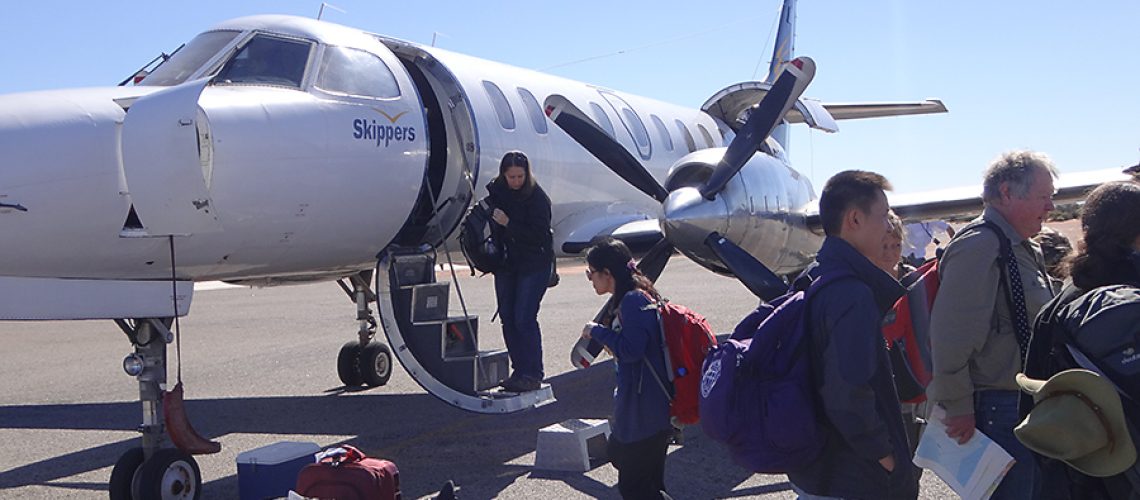
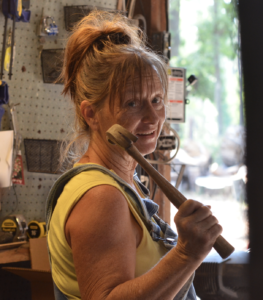







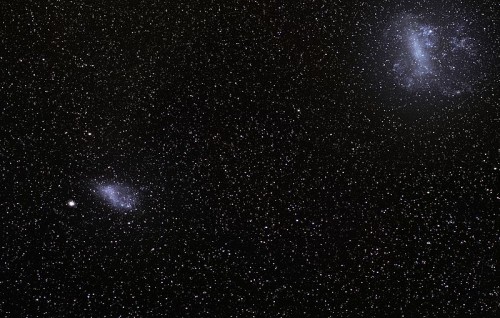
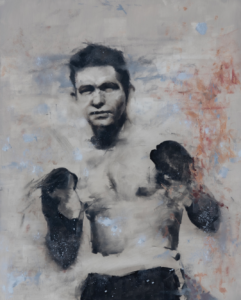
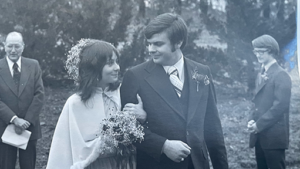
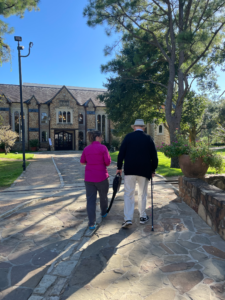
One Response